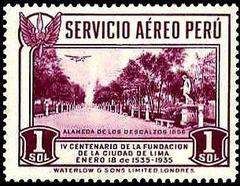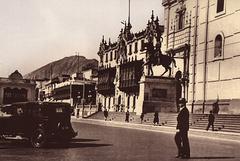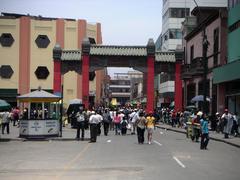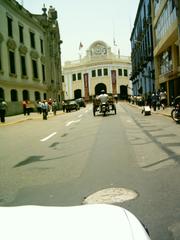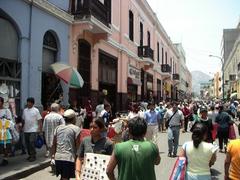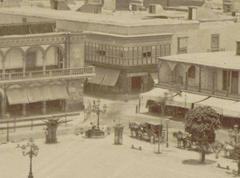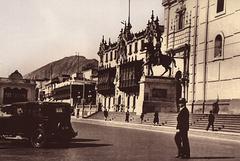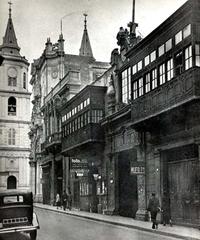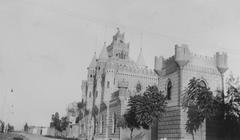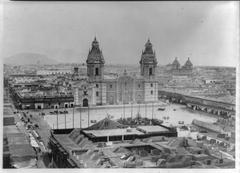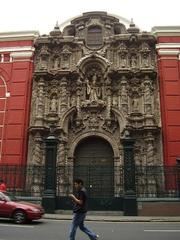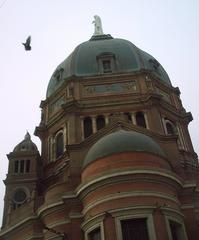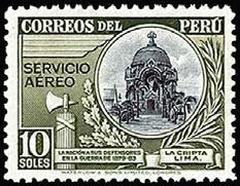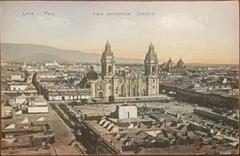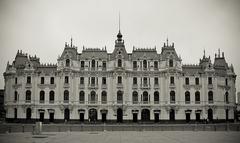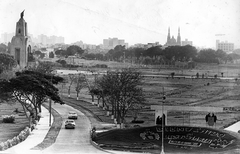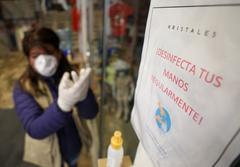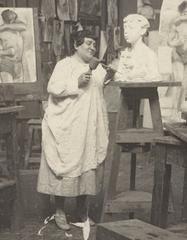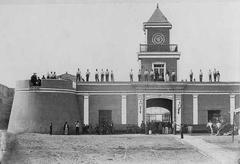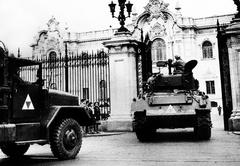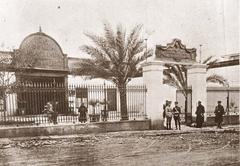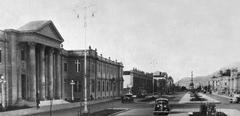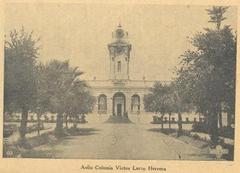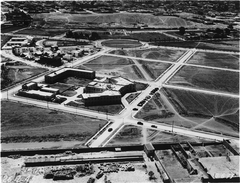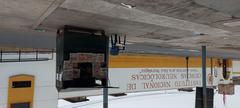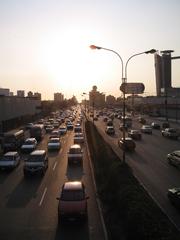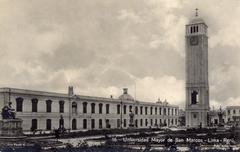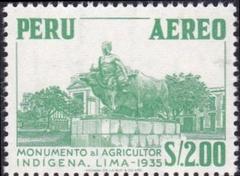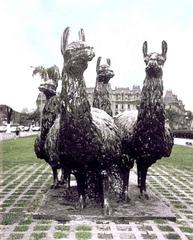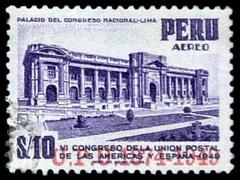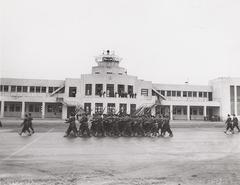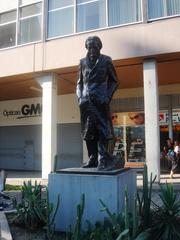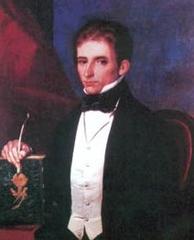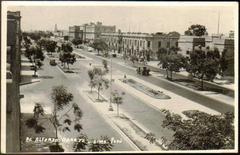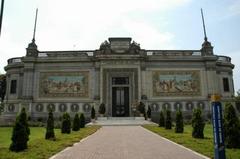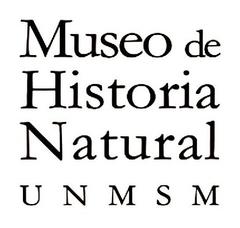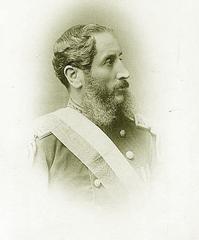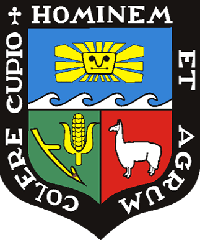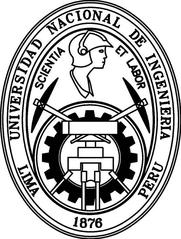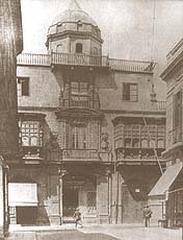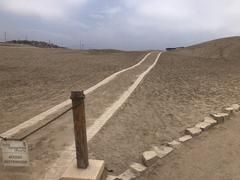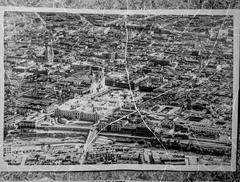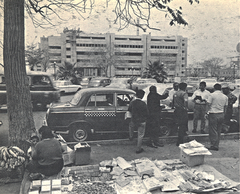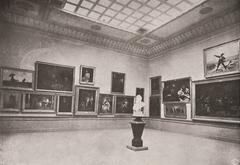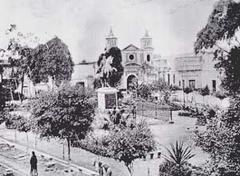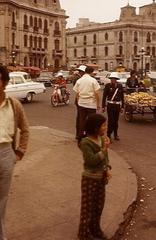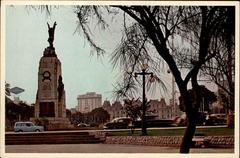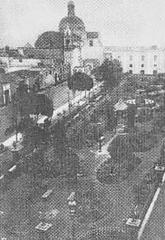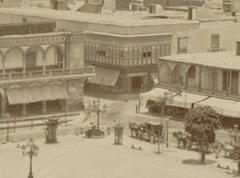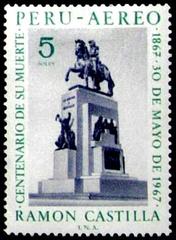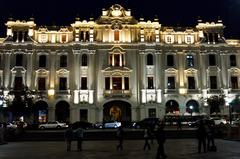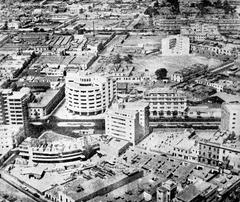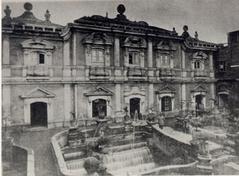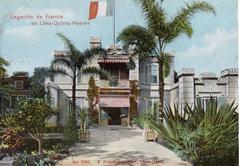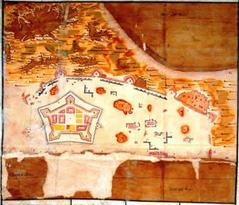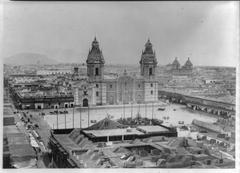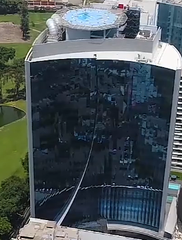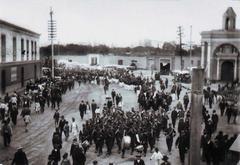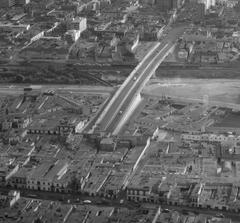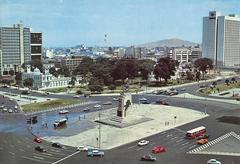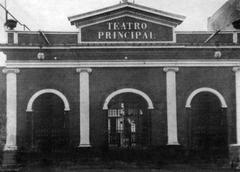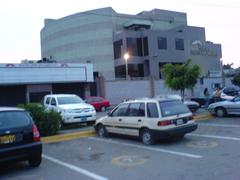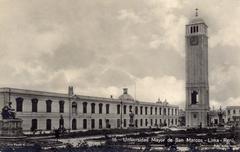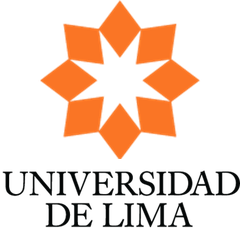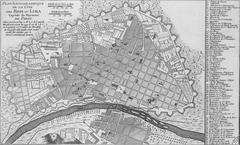Comprehensive Guide to Visiting Complejo Arqueológico El Paraíso, Lima, Peru
Date: 19/07/2024
Introduction
Discover the Complejo Arqueológico El Paraíso, an ancient marvel nestled in the Chillón Valley near Lima, Peru. This guide delves into its rich history, architectural significance, and practical visiting information, making it a must-visit among Lima’s historical sites. Known for its monumental structures dating back to approximately 3500 to 1800 BCE, El Paraíso offers a unique glimpse into the early development of complex societies in the Andean region (Engel, 1966). This site is not only a testament to ancient engineering prowess but also a window into the cultural and religious practices of its time. Whether you are an archaeology enthusiast or simply seeking a unique cultural experience, El Paraíso provides an enriching journey through Peru’s ancient past.
Table of Contents
- Introduction
- History of Complejo Arqueológico El Paraíso
- Cultural Significance
- Visiting Information
- Photographic Spots
- FAQ
- Conclusion
History of Complejo Arqueológico El Paraíso
Discovery and Initial Excavations
The Complejo Arqueológico El Paraíso, located in the Chillón Valley near Lima, Peru, is one of the oldest and most significant archaeological sites in the Americas. The site was first brought to academic attention in the 1960s by Peruvian archaeologist Frederic Engel. Engel’s initial surveys and excavations revealed a complex of monumental architecture that dates back to the Late Preceramic Period, approximately 3500 to 1800 BCE (Engel, 1966).
Architectural Significance
El Paraíso is notable for its large-scale architectural features, which include nine major structures spread over an area of approximately 58 hectares. The most prominent of these is the “Great Pyramid,” a massive structure showcasing the advanced engineering skills of its builders.
Historical Importance
Dating back to approximately 3500 BCE, El Paraíso is considered one of the oldest monumental structures in the Americas. The site provides invaluable insights into the early development of complex societies in the Andean region. Its age and scale suggest that it was a major center of social, economic, and possibly religious activities during the Preceramic Period.
Archaeological Discoveries
Recent archaeological excavations have uncovered a wealth of information about El Paraíso. In 2013, a team of archaeologists discovered a well-preserved hearth in one of the buildings, providing evidence of domestic activities and possibly communal gatherings. The hearth contained charred remains of food, including fish and plant materials, offering insights into the diet and subsistence strategies of the site’s inhabitants (BBC News).
Cultural Significance
Religious and Ceremonial Role
El Paraíso is believed to have played a significant religious and ceremonial role in the region. The presence of large, open plazas and ceremonial platforms suggests that it was a center for ritual activities. Some researchers propose that the site may have been a pilgrimage destination, attracting people from surrounding areas for religious ceremonies. The discovery of offerings, including shells and other exotic materials, supports this hypothesis.
Community Engagement
Community engagement is a key aspect of the preservation efforts at El Paraíso. Local communities play an active role in protecting and promoting the site. Initiatives such as community-led tours and educational workshops help foster a sense of ownership and pride among local residents. These efforts not only contribute to the site’s preservation but also support sustainable tourism and economic development in the region.
Preservation and Conservation
The significance of El Paraíso has led to efforts to preserve and protect the site. In 2013, the Peruvian government declared it a National Cultural Heritage site, recognizing its historical and cultural importance. Ongoing conservation efforts aim to stabilize the structures and prevent further deterioration. These efforts are crucial for ensuring that future generations can continue to study and appreciate this remarkable archaeological site.
Visiting Information
Tickets and Opening Hours
- Opening Hours: The site is open to visitors from 9:00 AM to 5:00 PM daily.
Special Events and Guided Tours
- Guided Tours: Guided tours are available in both English and Spanish, providing in-depth insights into the site’s history and significance. Tours can be booked in advance or on the day of your visit.
- Special Events: The site occasionally hosts special events, such as archaeological workshops and cultural festivals. Check the official website for the latest updates and event schedules.
Travel Tips and Accessibility
- Getting There: The site is accessible by car, taxi, or public transportation from Lima. It is approximately a 45-minute drive from the city center.
- Accessibility: The main pathways and viewing areas are wheelchair accessible. However, some of the more remote areas of the site may be challenging to navigate for those with mobility issues.
- Nearby Attractions: While visiting El Paraíso, consider exploring other nearby attractions such as the Chillón Valley and the city of Lima, which offer a variety of cultural and historical sites.
On-Site Facilities
- Restrooms: Basic restroom facilities are available near the entrance of the site. However, they may not be as modern or well-maintained as those in urban areas, so it is advisable to carry hand sanitizer and tissues.
- Shops and Eateries: There are no shops or eateries within the archaeological site itself. Visitors should plan to bring their own refreshments or visit nearby towns for dining options before or after their visit.
Safety Tips
- Stay Hydrated: The dry climate can lead to dehydration, so ensure you drink plenty of water.
- Watch Your Step: The uneven terrain can pose a tripping hazard, so be mindful of where you step.
- Respect the Site: As an archaeological site, it is crucial to respect the boundaries and not disturb any artifacts or structures.
Photographic Spots
El Paraíso offers numerous opportunities for photography enthusiasts. The “Great Pyramid” and the surrounding structures provide stunning backdrops for memorable photos. Early morning and late afternoon are the best times for capturing the site in the best light.
FAQ
What are the visiting hours for Complejo Arqueológico El Paraíso?
The site is open daily from 9:00 AM to 5:00 PM.
How much are the tickets for Complejo Arqueológico El Paraíso?
General admission is $10 for adults and $5 for children and seniors.
Are guided tours available?
Yes, guided tours are available in both English and Spanish. They can be booked in advance or on the day of your visit.
How can I get to El Paraíso?
The site is about 40 kilometers north of Lima. You can take a bus or taxi from Lima. Hiring a local guide is recommended.
Is the site accessible for visitors with mobility issues?
The site is partially accessible. Some areas may be challenging due to uneven terrain. Contact site management for specific accessibility needs.
Conclusion
The Complejo Arqueológico El Paraíso stands as a significant testament to the ingenuity, cultural richness, and historical depth of early Andean civilizations. Its preservation and study provide valuable insights into the early development of complex societies in the Andes. Through ongoing research, conservation efforts, and community engagement, El Paraíso continues to be a vital link to Peru’s ancient past and a source of knowledge and inspiration for future generations. Plan your visit to this remarkable site and immerse yourself in its rich history and cultural heritage (BBC News).
References
- Engel, F. (1966). Complejo Arqueológico El Paraíso.
- BBC News. (2013). Discovery of well-preserved hearth.

